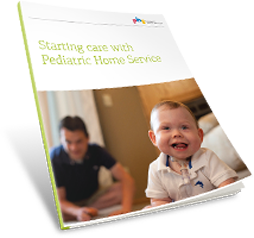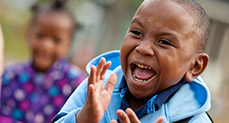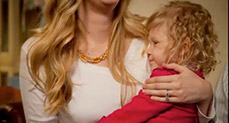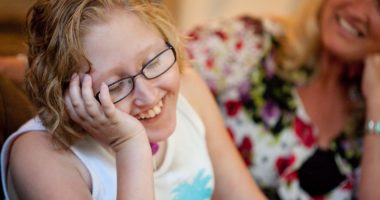PHS Home Care for Patients With Spina Bifida
Pediatric home care is what we do. For more than two decades, PHS has provided compassionate, comprehensive, specialized, high quality in-home care to pediatric patients, no matter what their medical challenges.
A multidisciplinary PHS team collaborates to do everything possible to help our patients with spina bifida live life to the fullest – at home.
- Many spina bifida patients have lifelong, extensive contact with the medical community. Frequent visits to the doctor’s office and hospital are often required. PHS is often able to help decrease these visits by providing many of the necessary therapies in the home, and tailoring our services to meet each patient’s needs.
- PHS provides 24/7 on-call assistance to families receiving our service.
- PHS home care nurses provide scheduled visits or round-the-clock care.
- PHS respiratory therapists provide initial training and ongoing support for any necessary respiratory equipment and treatment.
- PHS infusion nurses and pharmacists who understand the special needs of children provide necessary intravenous medication in the home and are also able to obtain specimens required for laboratory testing.
- PHS dietitians consult and provide recommendations to caregivers to ensure each patient’s optimal nutrition, maximum growth and development and overall health.
- The PHS medical director attends team care rounds and presents medical updates and new treatment modalities in caring for patients with spina bifida.
- A PHS clinical social worker is available to help with many aspects of the family’s life, making certain the patient and family are well connected to community resources.
- PHS has all necessary medical equipment available for patients with spina bifida and provides training on appropriate use
Meet PHS Patient Tana
Ready to get started with PHS? Click here.
Occult spinal dysraphism (OSD)
This defect is suspected when a dimple, tufts of hair, red marks or small lumps are noted on the lower back. Not all babies with these physical characteristics have OSD, and a physician will use special tools and tests to determine whether or not a child has OSD. The spinal cord may not grow the right way and may cause problems as the child grows.
Spina bifida occulta
This is “hidden spina bifida.” Healthy people may have it and not know it because it does not cause harm and has no symptoms; the spinal cord and nerves are fine. An x-ray of the back is usually how people discover they have spina bifida occulta.
Meningocele
A meningocele is a condition in which part of the spinal cord comes through the spine as a sac pushed outside of the skin. There is usually no nerve damage, as nerves and the spinal cord and fluid are enclosed in the sac. Some people with a meningocele may have minor disabilities.
Myelomeningocele
A myelomeningocele occurs when parts of the spinal cord and nerves come through an open part of the spine, causing nerve damage and other disabilities. Many of these children also have a condition called hydrocephalus, which is too much fluid on the brain. This results when fluid surrounding the brain and spinal cord is unable to drain as it should. This fluid can build up and cause pressure and swelling.
Explore articles and videos on pediatric infusion therapy
Ready to learn more about PHS?
We'll support you with tools and information to help you switch providers or begin infusion services.
Get started




